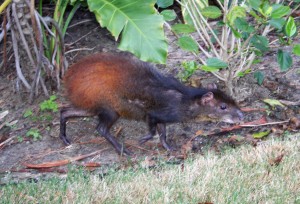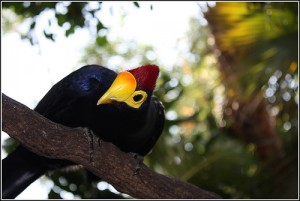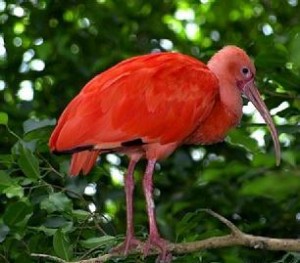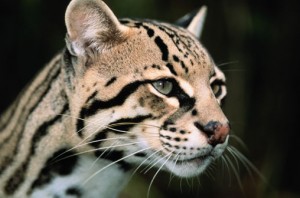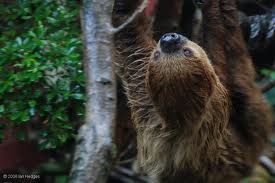The Northern Tree Shrew (Tupaia belangeri) is believed to be the closest relative of some of the earliest mammals. These cute little guys are just one of the many species of animals you will encounter when you “Experience Life” in the Moody Gardens® Rainforest Pyramid®.
This type of shrew is found in the forests of Southeast Asia, from India and southwestern China through Malaysia, Borneo and the Philippines. These omnivores (both meat and plant eating) will usually live about two to three years in the wild, but some have been known to live 12 years. The female shrew will usually give birth to two to four youngsters and they will actually build a nest for them in addition to their own! This animal is rare because the mother doesn’t spend a lot of time with the babies. She will not groom them, clean the nest or retrieve them if they are in distress. In fact, experts say she only spends about 90 seconds with her babies every two days!
They are constantly active and must eat often due to their very simple digestive system and because of the amount of energy used throughout the day. These little creatures (5.5 inches from nose to tail) have an extremely keen sense of sight, smell and hearing and they use these to avoid predators. They are one of the few small mammals who have all highly evolved senses.
Looks aren’t everything; these small mammals have brains too! The Northern Tree Shrew has the highest brain to body ratio of any mammal. Talk about smart! They also have eight different sounds in their vocal repertoire which alarm sounds, defense sounds, etc. Scent marking is also very important to the shrew. They use this to communicate social standing and to mark their territory.

